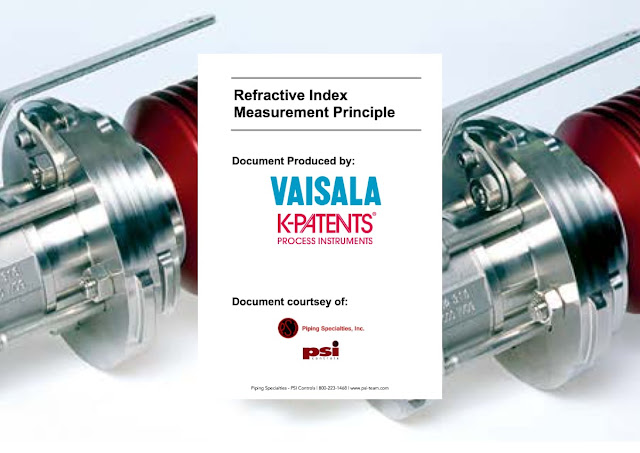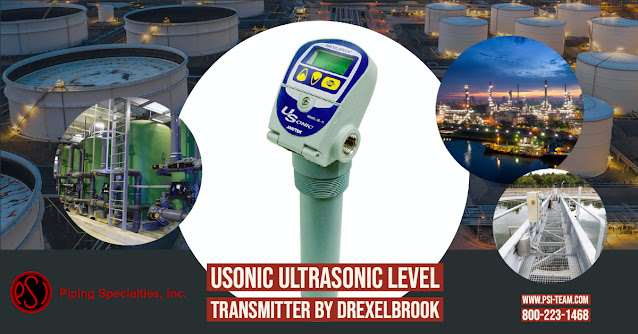As corporations worldwide are increasingly concentrating on their bottom-line margins, there is an increased drive towards efficiency and productivity in industrial operations. Operators are also looking to respond to industry concerns about aging assets. All manufacturing activities are continually motivated to improve performance and productivity to boost profit margins and optimize bottom-line returns. This drive takes place in many industry sectors against a backdrop of increased health, safety, and environmental issues and the need to make changes to old assets that can sometimes run beyond their original design lifespan.
Reducing the number of unscheduled plant shutdowns is an essential way of fulfilling these targets. Unplanned shutdowns are mostly related to worn-out machinery and are attributable to exceeding process equipment's longevity in many instances. Operators may avoid expensive shutdowns and increase production uptime with a regular maintenance schedule and a condition monitoring solution that minimizes maintenance spending and improves plant safety. Asset tracking, asset management, and predictive maintenance solutions are, therefore, becoming increasingly common.
Since valves are a critical component of any flow-based operation, valve efficiency is an essential factor to check when trying to avoid unplanned maintenance, or worse, shutdowns of plants and the resulting loss of batch output.
Although some operators already deploy condition monitoring on control valves and critical valves, many valves are often left unmonitored, particularly those used for on / off and shutdown applications. Although the technology for controlling these valves is available, operators are discouraged from such an investment because of the prohibitive hardware and installation cost.
Although some valve manufacturers have touted various valve testing and monitoring systems, many proposed solutions can pose operational, financial, and/or technical implementation problems. This is because they are usually considerably more expensive than conventional methods or require new electrical systems and hardware to accommodate and enhance the monitoring software. Suppose automation is at the most basic level, such as that needed with on/off valves. In that case, the transformation is relatively low in value. The time and resources involved in implementing a useful monitoring solution can be challenging to justify. However, the consequence is that vast numbers of on/off valves are not supervised and pose a significant risk of valve failure.
By implementing this technology cost-effectively on all automatic valves, a plant will provide production efficiency and avoid unspecified delays and unsafe conditions. Valve Condition Monitoring is useful to all operating phases of the plant and thus provides the ability to increase all current and future installations' performance and safety. If you are considering updating your plant's valve monitoring strategy,
contact a local expert who can guide you through all the ups and downs. The information they provide is truly invaluable.
Piping Specialties / PSI Controls
800-223-1468




